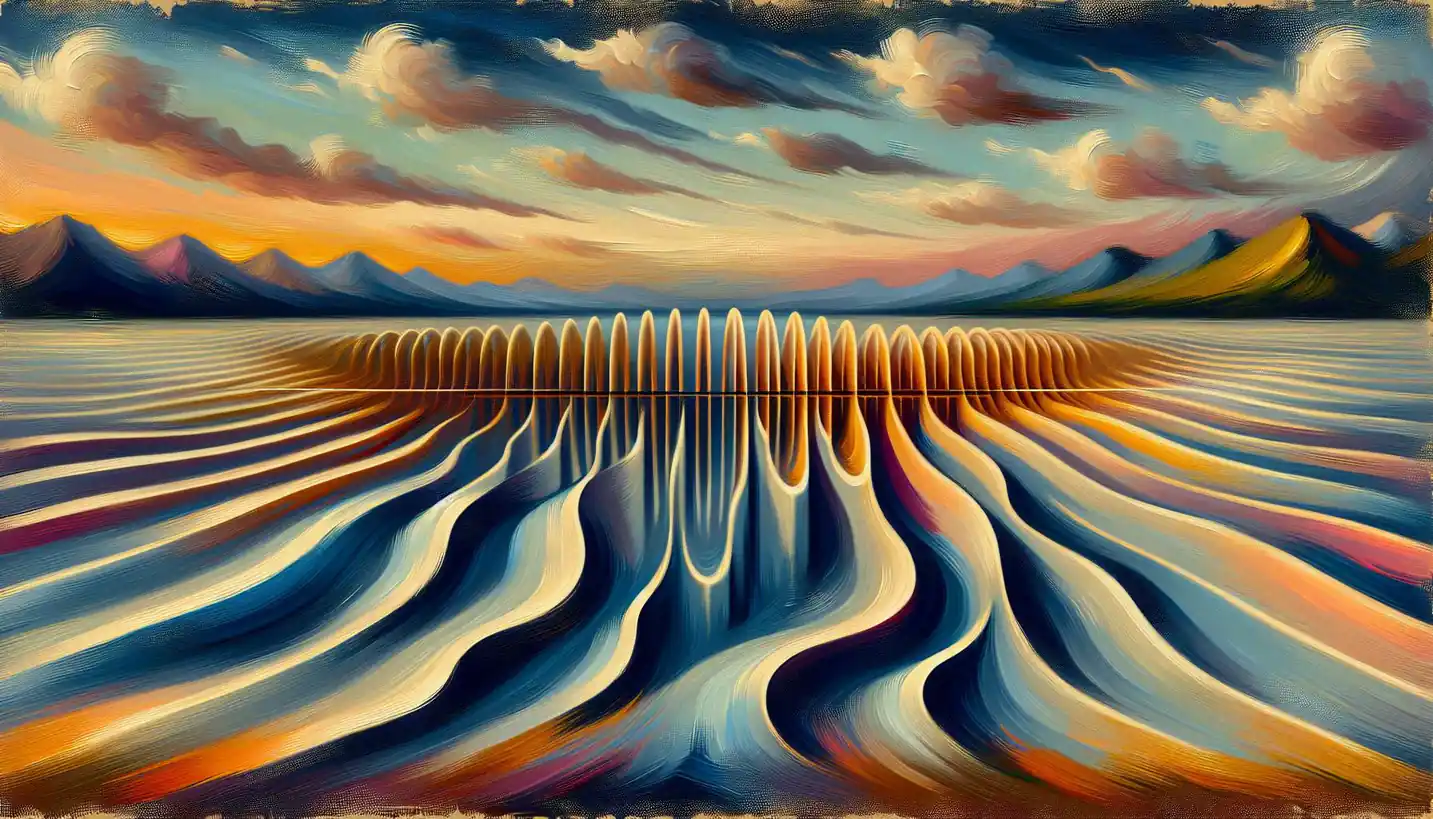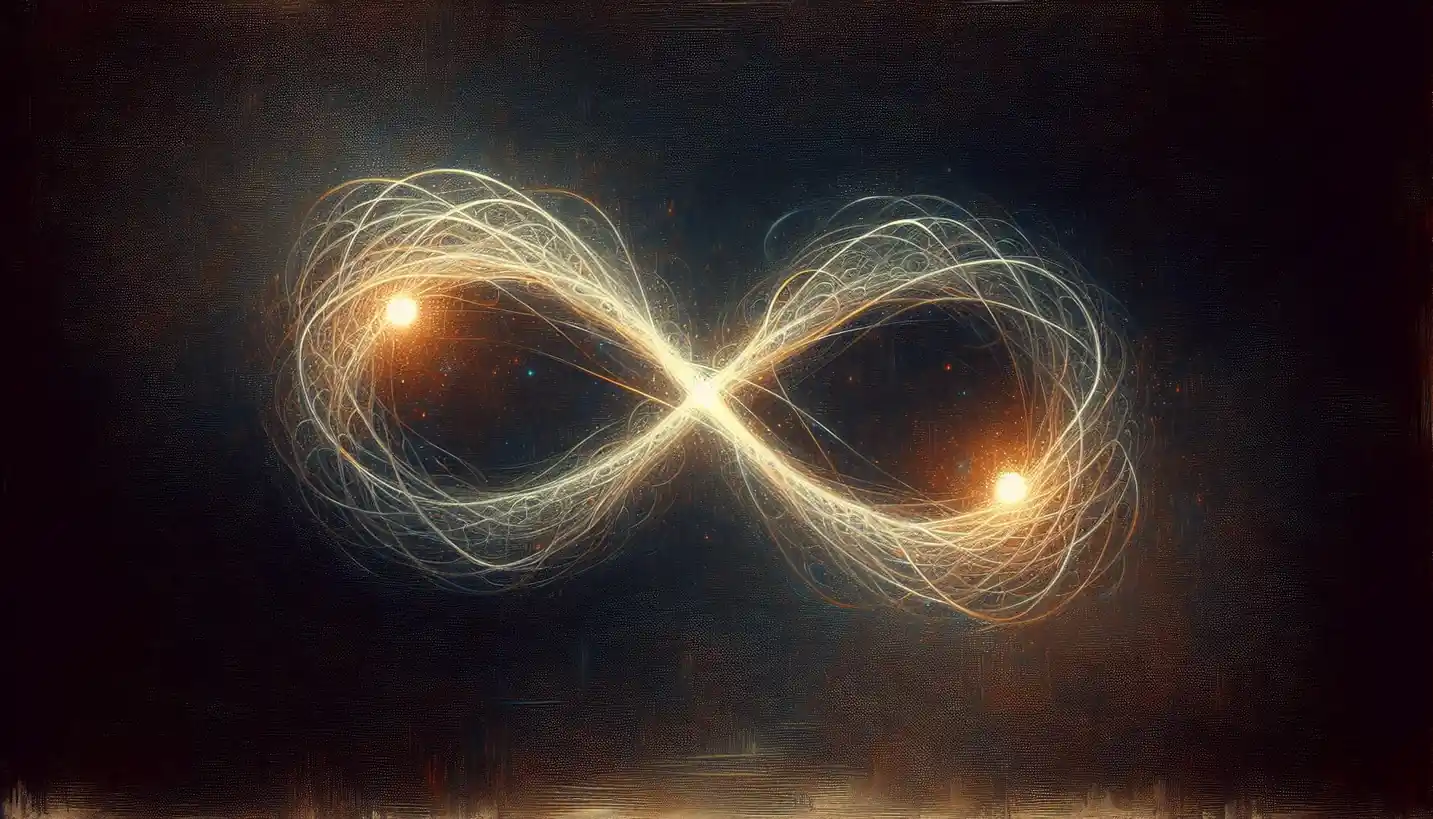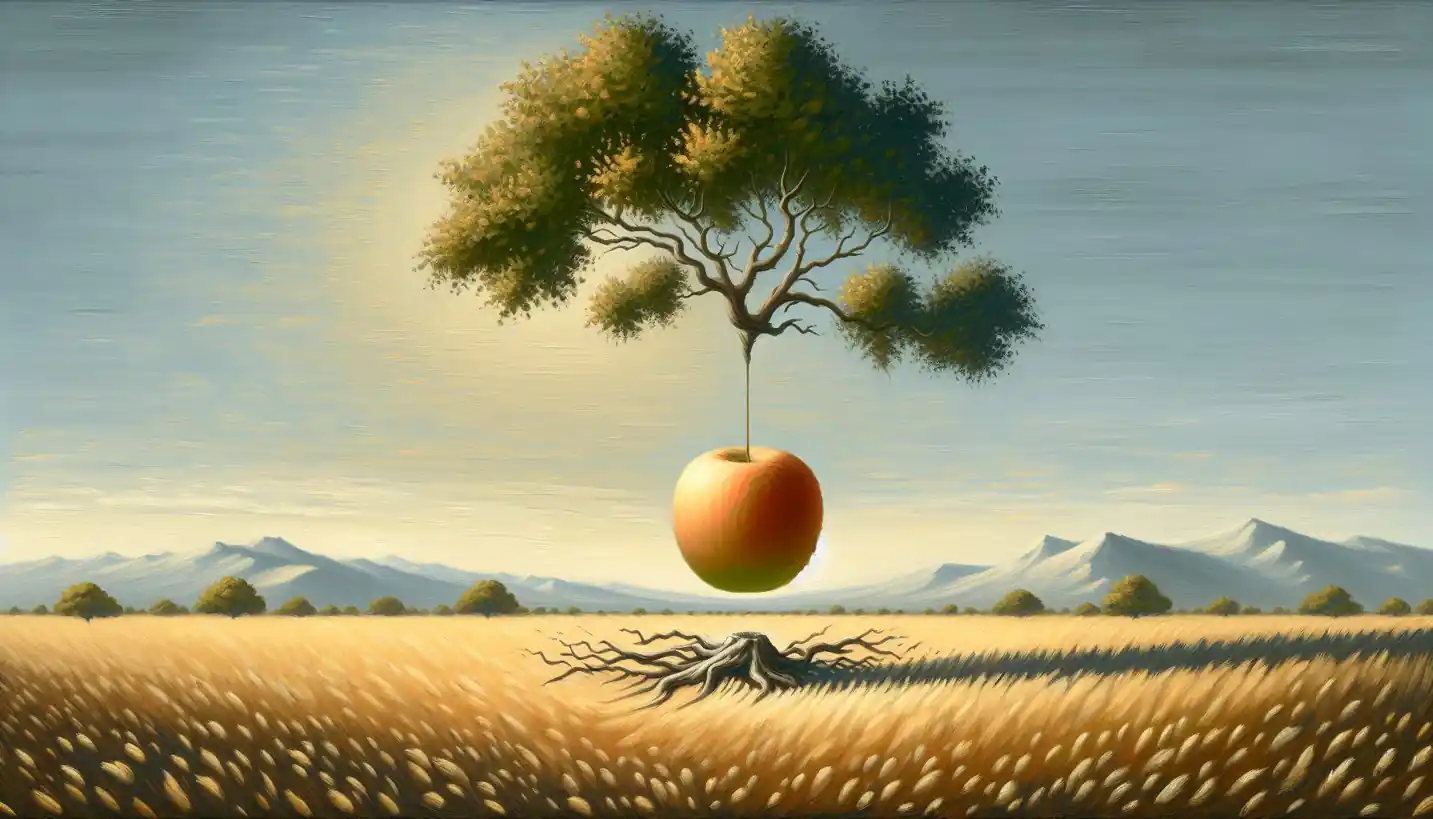· Physics · 4 min read
Rayleigh Scattering: The Secret Behind Our Blue Skies
Rayleigh scattering explains why the sky is blue and sunsets are red. Dive into this colorful aspect of light behavior.

Ever wander around on a sunny day and look up at the vast blue sky, marveling at its color? It turns out that the sky’s vibrant hue is thanks to a fascinating phenomenon known as Rayleigh scattering. This concept, nestled in the world of optics and physics, explains not just why the sky is blue but also why sunsets are such a kaleidoscope of reds and oranges. Let’s dive deeper into this intriguing subject.
What is Rayleigh Scattering?
To grasp Rayleigh scattering, imagine tossing a handful of tiny pebbles into a pond. When the pebbles hit the water, waves spread in all directions. Similarly, when light from the sun enters Earth’s atmosphere, it encounters molecules and tiny particles in the air. These tiny particles cause the light waves to scatter in various directions.
The scientist behind this discovery, Lord Rayleigh, explained that the amount of scattering depends on the wavelength of the light. Shorter wavelengths, like blue and violet, scatter more than longer wavelengths, like red and orange. Since our eyes are more sensitive to blue, the sky appears blue during the day.
Wavelengths and Light
Light from the sun may seem white to us, but it’s actually a mix of different colors, each with its own wavelength. Imagine shining a white light through a prism and watching it split into a rainbow. That’s essentially what happens when sunlight hits the atmosphere.
Blue light, having a shorter wavelength, scatters in all directions about ten times more than red light. This scattering is what makes the overview of our sky predominantly blue. But why don’t we see the sky as violet, since it scatters even more? That’s because our eyes are not as sensitive to violet light, and a lot of it gets absorbed by the upper atmosphere.
The Magic of Sunsets
As the sun sinks towards the horizon, its light has to pass through more atmosphere to reach our eyes compared to when it’s overhead. This additional distance means even more scattering of the shorter wavelengths occurs and they mostly scatter out of view. The reds and oranges, having longer wavelengths, survive this journey and reach us. That’s why sunsets are dominated by these warm, glowing colors.
Everyday Examples
Rayleigh scattering doesn’t just stop with the sky. It’s a concept that crops up in other areas of life too. For example, the blue tint you might see in smoke from a fire or in your headlights on a foggy night is because of Rayleigh scattering. The small particles are scattering the blue light out of the mixture, giving it that bluish hue.
The Science Behind Weather Predictions
Interestingly, Rayleigh scattering can also help with weather predictions. Sailors used to rely on the adage, “Red sky at night, sailor’s delight. Red sky in morning, sailor’s warning.” This saying reflects the scattering effect. A red sky in the evening can mean that the atmosphere is clear, allowing more red light through, often signaling good weather. Conversely, a red sky in the morning could indicate that a storm is on the way.
Rayleigh Scattering and its Applications
Beyond mere observation, Rayleigh scattering has real-world applications, particularly in scientific fields. For instance, astronomers and meteorologists use the principles of scattering to study planets and atmospheres in our solar system and beyond. By analyzing how light scatters, they can gain insights into the compositions of these atmospheres.
Environmental scientists also use Rayleigh scattering to understand and track pollution. Since pollutants can change how light scatters, scientists can determine the types and concentrations of pollutants by measuring scattering patterns.
Why Should We Care?
Understanding Rayleigh scattering isn’t just about knowing why the sky is blue or why sunsets are beautiful. It’s about appreciating how light interacts with our environment and how these interactions can tell us more about our world. The science of scattering extends beyond the Earth, offering insights into the atmospheres of other planets, potentially revealing hints about distant worlds.
By understanding scattering, we can better grasp how different wavelengths of light interact with particles, which is fundamental to disciplines ranging from optics to climatology. It can even help engineers design better optical instruments, like cameras and telescopes, by accounting for how these wavelengths scatter.
A Peek into the Future
As technology advances, so too will our ability to measure and utilize scattering. In the future, we might see more sophisticated weather prediction models incorporating real-time scattering data. Furthermore, advancements in telescopic technology might allow us to explore exoplanets with greater detail, using scattering patterns to determine their weather, atmospheric composition, and even potential signs of life.
Ultimately, Rayleigh scattering is a testament to how even tiny particles and seemingly simple interactions can reveal profound truths about our universe. So next time you gaze up at the sky or admire a brilliant sunset, you’ll know it’s not just a beautiful scene—but a beautiful science at work.


